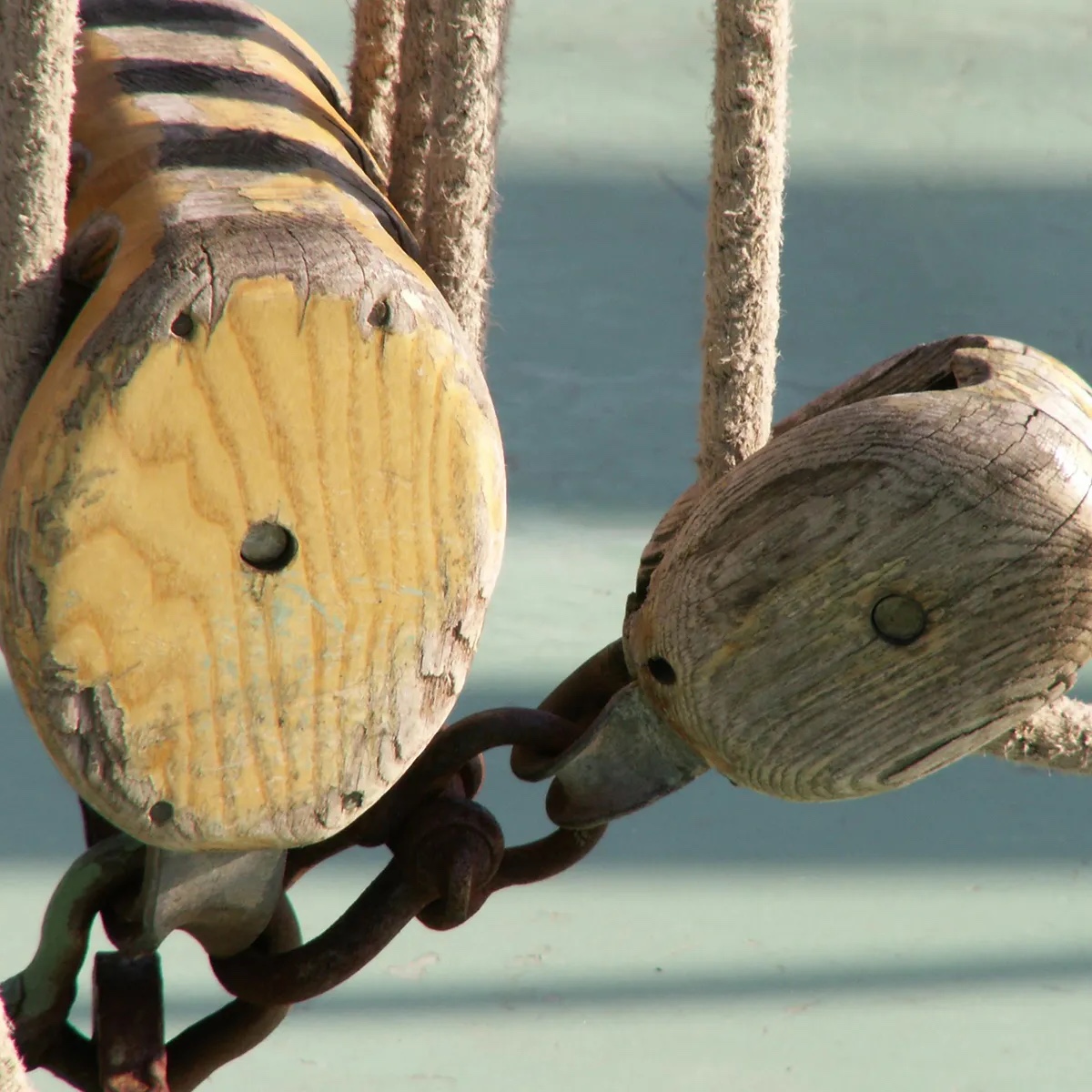In the the world of DDLG dynamics, punishments play a crucial role in maintaining structure and reinforcing roles within the relationship. DDLG, which stands for Daddy Dom/Little Girl, is a dynamic where one partner takes on the nurturing, authoritative role (referred to as the Daddy or Dom) while the other adopts a more submissive, childlike persona (referred to as the Little or Girl). This dynamic is not only about playfulness but also about creating a nurturing and disciplined environment where both partners find fulfillment in their respective roles.
Punishments in DDLG relationships are designed to enhance the dynamics by providing a framework for behavior correction and reinforcement of roles. These punishments are not merely disciplinary measures but are tailored to address specific behaviors or situations within the relationship. Understanding the nuances of DDLG punishments requires navigating the complexities of power exchange and emotional intimacy that underpins this unique dynamic.
Check out our DDLG contract template here.
Take a look at the best prices for DDLG clothing and toys by clicking here.
Common Types of DDLG Punishments

Understanding DDLG Punishments
In the context of DDLG relationships, punishments serve a dual purpose of correction and reinforcement. They are not only about disciplining the Little for misbehavior but also about nurturing and guiding them towards growth within the dynamic. This bespoke approach to discipline ensures that punishments are aligned with the specific needs and boundaries set within the relationship.
Check out these DDLG themed sex toys by clicking here.
Types of DDLG Punishments
Physical Punishments
Physical punishments in DDLG, such as spanking, corner time, and physical restraints, are robust methods used to reinforce discipline and authority within the dynamic. Spanking, for instance, is a tactile method of correction that can range from gentle to firm, depending on the severity of the infraction. Corner time involves the submissive partner standing or sitting quietly in a designated corner, providing time for reflection and correction. Physical restraints, while less common, involve the use of bondage equipment to restrict movement, emphasizing control and submission.
Non-Physical Punishments
Non-physical punishments focus on emotional and psychological correction within the DDLG dynamic. Verbal reprimands involve the Daddy or Dom expressing disapproval or disappointment verbally, which can have a profound impact on the Little’s emotional state. Denial of privileges, such as withholding certain activities or rewards, serves as a tangible consequence for misbehavior. Writing lines, a practice borrowed from traditional educational settings, requires the Little to repeatedly write out a phrase related to their misconduct, reinforcing lessons through repetition.
Creative Punishments
Creative punishments in DDLG are designed to address specific behaviors or challenges within the relationship in a more nuanced manner. Assigning tasks or chores that are tailored towards the Little’s interests or areas needing improvement not only corrects behavior but also fosters personal growth. Time-outs, similar to those used with children, provide a period of isolation for the Little to reflect on their actions and behavior. Rituals or exercises, such as affirmations or mindfulness practices, are designed to promote emotional awareness and strengthen the bond between partners.
Understanding these various types of DDLG punishments is essential for navigating the complexities of this dynamic and ensuring that punishments are implemented with care and consideration for both partners’ emotional well-being.
Implementing DDLG Punishments
Effective communication is at the heart of implementing DDLG punishments, ensuring that both partners understand the reasons behind each punishment and their respective roles. Clear boundaries are essential to prevent misunderstandings or overstepping of limits, fostering a safe and trusting environment. Aftercare, often overlooked but crucial, involves providing emotional support and reassurance to the Little after a punishment, reaffirming their bond and addressing any emotional impact.
Challenges and Considerations
Handling disagreements over punishments requires sensitivity and open dialogue within the DDLG dynamic. Each partner’s preferences and emotional responses must be taken into account when adjusting punishments to maintain balance and respect. Flexibility is key in adapting punishments to suit evolving dynamics and individual needs, ensuring fairness and effectiveness.
Conclusion
In conclusion, DDLG punishments are not just about correction but about nurturing a supportive and fulfilling dynamic. By understanding the role punishments play in reinforcing roles and maintaining structure, partners can strengthen their bond and foster growth within their relationship.
Additional Resources
For further exploration of DDLG dynamics and punishments, recommended reading includes “The Loving Dominant” by John Warren and online communities such as r/DDLG on Reddit, where individuals can share experiences and seek advice in a supportive environment. These resources provide valuable insights and support for those interested in deepening their understanding of DDLG dynamics.

